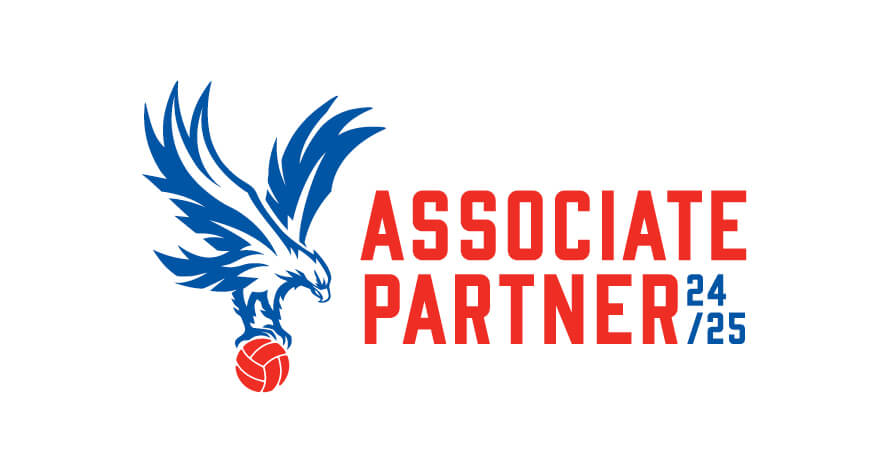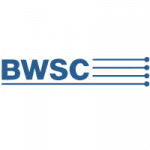Introduction to the Management of Health and Safety in Retail Openings
The opening of a new store is an exciting and energetic time for the company and all team members, often new hires (apart from the store managers who usually spent a few months working alongside them!).
Health and Safety aspects are often overlooked or left to a later date in the retail sector as the risk of accidents are relatively low. This creates an immediate problem for “loss prevention” and a medium-long term problem for the departments that manage H&S and properties such as HR, Operations, and Facilities.
The Immediate Risk
A new store opening involves (and requires) media exposure, with any event amplified by the local or national media, both positive and negative if. If health and safety isn’t managed before opening, then it increases the risk of injury and the difficulty of defending the brand’s image.
 Having personnel without training, not adequately qualifying contractors who work frantically to prepare the opening, and not producing adequate documentation can entail criminal penalties as well as attacks from the press, competition, and any other “antagonist” figures.
Having personnel without training, not adequately qualifying contractors who work frantically to prepare the opening, and not producing adequate documentation can entail criminal penalties as well as attacks from the press, competition, and any other “antagonist” figures.
Is this acceptable? Definitely not, especially if we consider the savings obtained from the careful planning and management of health and safety requirements.
The Medium and Long-term Risk
Let’s suppose that everything went perfectly, that the store is open and performing well, the H&S requirements cannot be forgotten and must still be completed and managed.
We have carried out many H&S audits in recently opened stores, very often, we find the following (we can quantify in 10% of cases):
- a structure or layout that does not comply with the mandatory requirements
- insufficient bathrooms for the number of people
- bathrooms without ventilation
- absence of windows in offices
- alteration of the fire compartmentation
- glass doors, glass displays or non-breakable mirrors, etc
There is often a total absence of mandatory documentation relating to buildings and systems (usability, declarations of conformity, use, and maintenance booklets), making the planning and execution of compulsory maintenance difficult.
We also find a lack of staff training on the “functioning” of the property, including alarms and evacuation systems, etc.
What would be the consequence? Exposing yourself to criminal penalties or spending a lot of money, time, and energy reactively fixing things or potential damage to your brand.
Why does this happen? It’s not due to the designers or builders’ inability, but due to the absence of adequate planning and coordination.
In the coming weeks, our health and safety consultant at Dexma Group will publish a series of articles that will address the issues above:
- When to involve health and safety consultants and how to coordinate HR, Operations, and Facility activities
- How to carry out a correct “Health and Safety” Hand Over of the store
- How to reduce training and health surveillance needs
- How to plan property management and maintenance that lowers the “turnover” of staff.











Comments are closed.